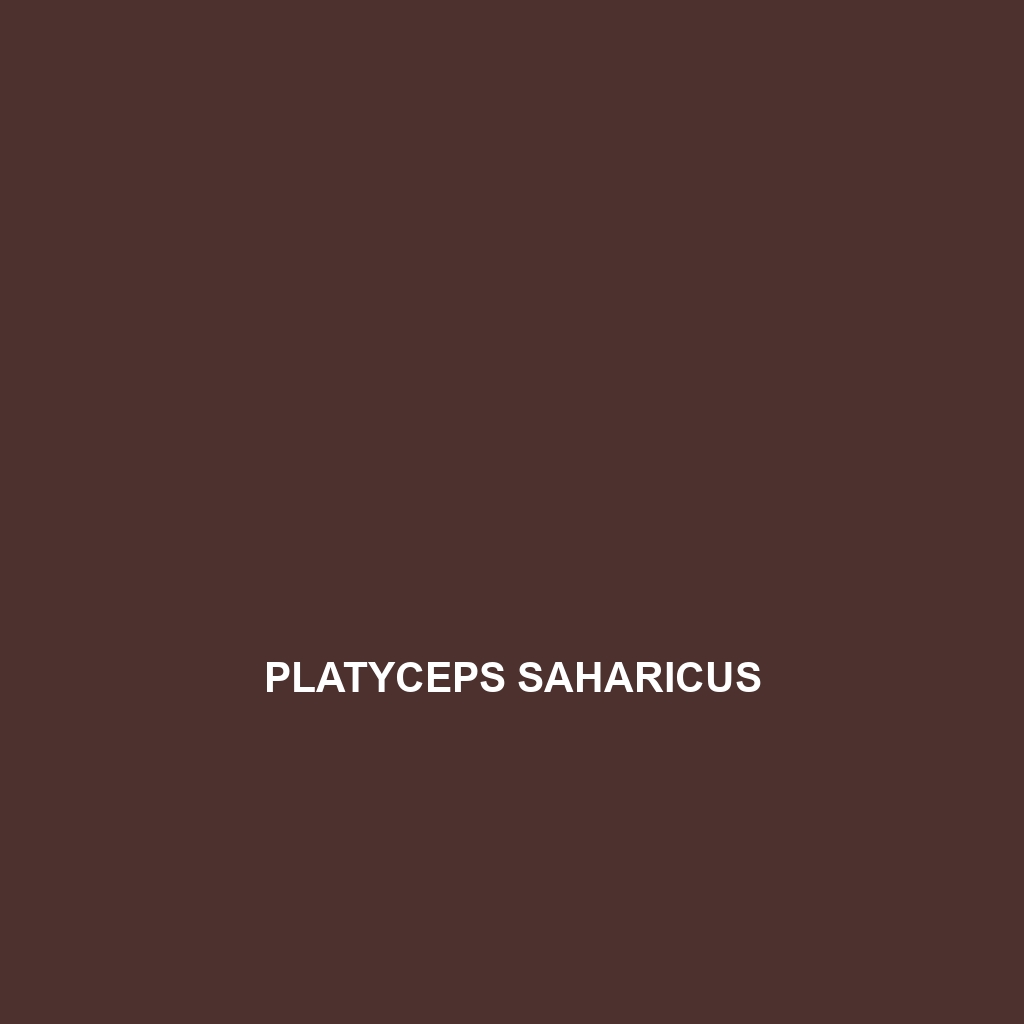<p><b>Pristurus popovi</b>, commonly found in the arid regions of the Arabian Peninsula, is a slender lizard measuring 12 to 18 cm with a sandy brown to beige coloration. Primarily nocturnal, this insectivore thrives on a diet of arthropods, exhibits unique camouflage for predator evasion, and plays a crucial role in controlling insect populations in its ecosystem.</p>
Tag: desert biodiversity
Pristurus popovi
<p><b>Pristurus popovi</b>, commonly found in the arid regions of the Arabian Peninsula, is a slender lizard measuring 12 to 18 cm with a sandy brown to beige coloration. Primarily nocturnal, this insectivore thrives on a diet of arthropods, exhibits unique camouflage for predator evasion, and plays a crucial role in controlling insect populations in its ecosystem.</p>
Platyceps saharicus
<b>Platyceps saharicus</b>, commonly found in the arid regions of North Africa, particularly the Sahara Desert, is a slender, nocturnal snake known for its striking sandy brown to pale yellow coloration and large smooth scales. This carnivorous species primarily preys on small mammals and exhibits interesting social behaviors during mating seasons, making it a unique component of its desert ecosystem.
Phrynosoma mcallii
Discover the Phrynosoma mcallii, or flat-tailed horned lizard, a unique species native to the arid deserts of the southwestern United States and northwestern Mexico. With its distinctive flattened body, prominent flat tail, and insectivorous diet, this fascinating lizard plays a crucial role in its ecosystem while showcasing remarkable adaptations for survival.
Mesalina watsonana
Discover the Mesalina watsonana, commonly known as Watson's sand lizard, a moderate-sized lizard native to arid regions of the Arabian Peninsula, characterized by its sandy coloration and fascinating nocturnal behaviors. This insectivorous species thrives in dry grasslands and sandy dunes, playing a crucial role in its ecosystem as a predator while demonstrating impressive adaptations for survival in harsh environments.
Mesalina olivieri
Discover the resilient Mesalina olivieri, or Olivier's Mabuya, a fascinating lizard native to the arid regions of North Africa and the Arabian Peninsula. With its striking sandy beige coloration, swift movements, and insectivorous diet, this species thrives in challenging environments, playing a crucial role in maintaining the balance of its ecosystem.
Mesalina adrarensis
Discover the Mesalina adrarensis, a medium-sized lizard native to the arid regions of North Africa, known for its remarkable camouflage and agile movements. This insectivorous species thrives in extreme desert conditions, playing a vital role in regulating insect populations and serving as a key component of the ecosystem.
Meroles reticulatus
Discover the Meroles reticulatus, or reticulated sand lizard, a resilient insectivorous species found in the arid regions of southern Africa, characterized by its striking camouflaged skin and agile behavior, thriving in sandy habitats and playing a vital role in maintaining ecological balance. Perfect for reptile enthusiasts, this fascinating lizard showcases impressive adaptations for survival in harsh desert conditions.
Gopherus morafkai
<p><b>Gopherus morafkai</b>, or the Mojave desert tortoise, is a vulnerable species native to the arid regions of the southwestern United States, characterized by its dome-shaped shell, herbivorous diet, and ability to dig extensive burrows that support the desert ecosystem. These tortoises thrive in diverse vegetation and play a crucial role as a keystone species, promoting biodiversity within their habitat.</p>
Gambelia copeii
Discover the Cope's Leopard Lizard (<i>Gambelia copeii</i>), a striking insectivorous reptile native to the arid regions of the southwestern United States and northern Mexico. Known for its vibrant coloration, agile behavior, and crucial ecological role, this diurnal lizard thrives in desert environments, making it a fascinating addition to any wildlife enthusiast's collection.









